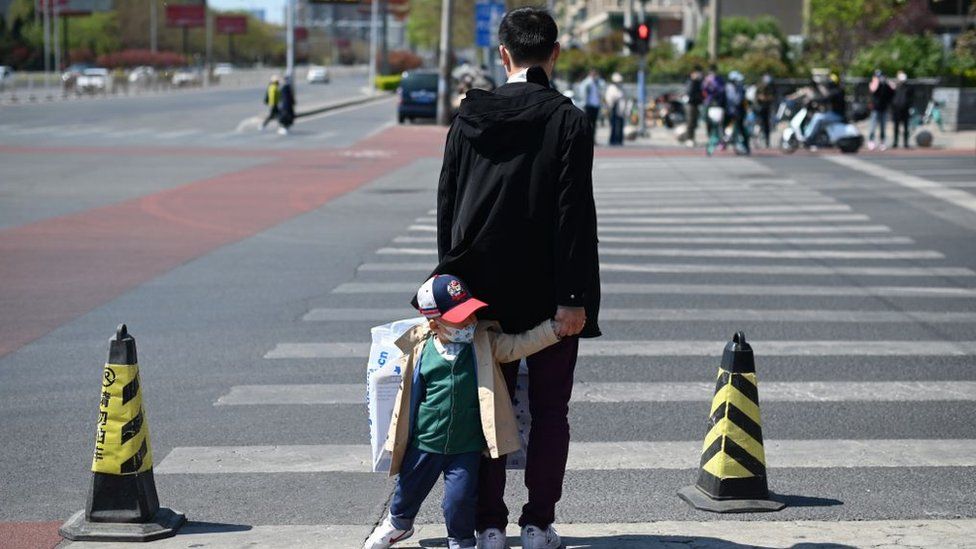
We still know little about what might have caused a man to enter a kindergarten in southern China and stab six people to death.
There are rumours swirling that it was revenge – that one of the dead adults had previously hit the attacker’s child with his or her car. But that does not explain why six died, including three children and a teacher.
These sorts of crimes can feel senseless, and yet also depressingly common.
Go back to the 1990s and things like this were virtually unheard of in China. It’s not that terrible things didn’t happen to children. They did.
There was the horrific incident in March 2001 when a school in the southern province of Jiangxi exploded, killing 41 children. An investigation found the school was doubling as a fireworks factory and the school children as cheap labour.
It was a tragedy that rocked China. There was much soul-searching about the exploitation of children and callous disregard for their safety. But their deaths were an accident.
Then, starting from around 2010, something began to change. That year, there was a sudden spate of knife attacks in which 17 children were killed.
This was something completely different. The children had been deliberately targeted to cause maximum pain and outrage.
China’s then Premier, Wen Jiabao, visited the scene of one of the attacks and immediately called for more security at schools. But he also said the underlying “social tensions” that led to such crimes must be addressed.
It was an interesting use of words. It suggests that these apparently senseless crimes do have a logic to them.

Since then, China has witnessed a significant increase in such attacks, almost always by men, almost always designed to cause maximum outrage.
In 2018, a man walked in to a packed school room in south-west China’s Yunnan province and began spraying the children with corrosive chemicals. Thankfully, none of them died. But 50 were sent to hospital, some with serious injuries.
What could cause someone to buy and mix the chemicals, then carefully plan and carry out such an attack?
It is not a phenomenon unique to China.
In 2019 in the Japanese city of Kyoto, a disgruntled man in his 40s sprayed gasoline on to the entrance of an animation studio and set fire to it. In the ensuing inferno, 36 young animators died, most of them women. The man told police he wanted revenge against the studio for stealing his ideas.
Experts say such men, and they are almost always men, fit a profile.
They have festering anger and resentment towards the society they live in, but do not feel part of.
By carrying out a sensational and violent crime, they bring notoriety to themselves, while inflicting pain and suffering on the society they hate.
But China may have some additional factors that have driven the recent rise in such crimes.
In the last two decades, China has gone through an extraordinary social and economic transition, from centrally planned socialist state to a hyper-competitive free-market economy, where some have become very wealthy and others have been left out of the bonanza.
Chinese people now joke that if you want a girlfriend, you need to have a nice car, and if you want a wife, you first need an apartment.
But this isn’t really a joke.
Men with low social status, who earn low wages or are unemployed, have little prospect of finding a mate. This has been further exacerbated by the Covid pandemic, during which millions of Chinese spent months locked in their apartments, and a youth unemployment rate that hovers around 20%.
China now has a term for mass knife attacks and mass outrages. They are called “social revenge”. Arguably, the conditions that led to the first social revenge attacks over a decade ago have only got worse.

